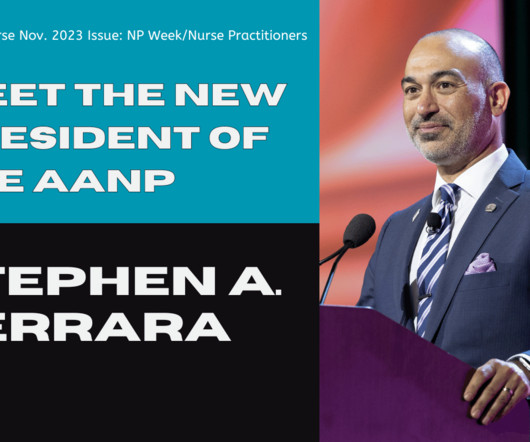Exploring What Role Patient Advocacy Plays in Bundled Payment Outcomes
Guideway Care
JANUARY 14, 2025
In bundled payment models, patient advocacy plays a pivotal role in improving care coordination, patient satisfaction, and adherence to treatment plans. This blog explores how patient advocacy enhances care quality, addresses social determinants of health, and supports bundled payment success.












Let's personalize your content